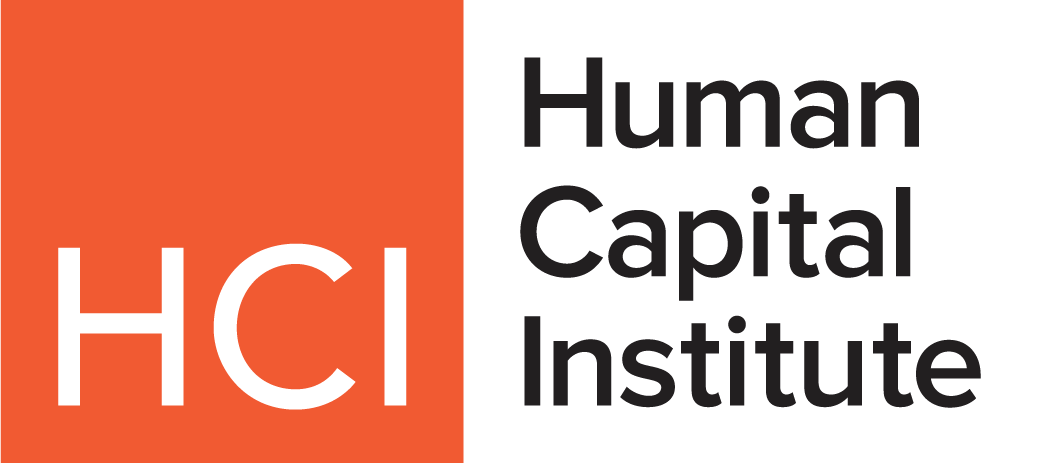For years, learning and development (L&D) was treated as a support function—valuable, but not core to driving business outcomes. However, that mindset is shifting.
Today’s top HR leaders are embedding L&D directly into business strategy, and the results are measurable.
Guild’s new report, From Cost to Catalyst: An HR Leader’s Guide to Maximizing the Business Impact of L&D, makes a strong case for why this integration matters.
Strategic Learning Drives Better Business Outcomes
Based on a survey of 500 CHROs and L&D leaders, along with interviews across industries, the report reveals that organizations connecting learning initiatives to top business priorities are 122% more likely to meet or exceed their key performance metrics.
“L&D can’t be an afterthought,” says Bijal Shah, CEO of Guild. “If you want to stay competitive, learning has to be part of how you run your business—not just how you train your people.”
Yet there’s a striking disconnect: nearly a third of HR leaders surveyed say they aren’t sure whether their L&D programs impact revenue or profit margin.
That uncertainty underscores the need for HR to not just implement L&D, but to lead the conversation about its strategic role.
Four Practices for High-Performing Organizations
Guild’s research identifies four practices that distinguish high-performing organizations from the rest:
- Integration: aligning L&D with company goals.
- Influence: CHROs working closely with business leaders.
- Internal Mobility: developing talent from within.
- Impact: measuring real business outcomes.
Companies that adopt these principles are significantly more likely to achieve meaningful results—from higher retention and faster innovation to closing skill gaps tied to growth opportunities.
For example, a large tech firm facing a shortage of cloud expertise launched an internal Tech Academy to reskill employees. The initiative didn’t just solve a staffing issue—it improved project delivery times and reduced external hiring costs.
That’s what happens when L&D stops being considered a cost center and starts functioning as a growth engine.
The takeaway for HR and business leaders is clear: Learning isn’t just a benefit—it’s a business driver. The more L&D is embedded in your strategic planning, the more leverage you gain in today’s fast-moving market.
The full report can be viewed here.




